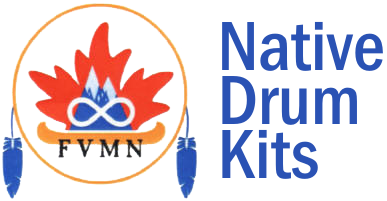About Us
Fraser Valley Métis Nation Community Identifies itself as the Historic rights bearing community of the Fraser Valley From the genealogy’s of the community members through historic documents from the North west company, Hudson bay company, Arch diocese, St Mary’s residential school, British Columbia archives, St Andrews church, The Children of the Fort, Saint Boniface historical society,
With these records we have proven the ten points of Powley set out by the supreme court of Canada in 2003.and have the documentation of marriages with the local coast Salish blood lines of Sto lo people of the Fraser valley, but who lived together, separate and apart from first nations and the Europeans.
Fraser Valley Métis Nation Community Identity’s as the contemporary rights bearing Métis community. Through the historic records of our family members we are a continuation of the historic Métis community making it our traditional territory within Sto lo traditional lands.
Recognizing this, a letter of understanding was drawn up between, Fraser Valley Métis Nation and Sto lo Tribal Council. To work together, on Aboriginal affairs, that affect both parties within Sto lo traditional Territory.
Based in Abbotsford, British Columbia, the Fraser Valley Métis Nation provides to individuals, schools, corporations, and tourists inspiration and the opportunity to educated people about the Aboriginal Culture in the Fraser Valley in order to build pride in our Métis Culture while creating Economic Opportunities and Partnerships.
 Born and raised on a homestead in the Fraser Valley, Kevin Patterson is a direct descendant of the historic Métis of the Canadian fur trade, one of only a few remaining descendants in British Columbia, whose ancestry meets the 10 point criteria (Powley) set down by the Supreme Court of Canada. With roots going back ten thousand years in Coast Salish ancestry, Kevin was taught at a very early age how to stretch hides and make useable materials for drums, rattles and clothing. Over the last ten years, the healing powers of making drums is becoming better known. Kevin has been asked by schools and individuals, Aboriginal and Non-Aboriginal organizations to supply the materials and teachings for drum making, such as Métis Family services, Children’s foundation, Ministry of Child and Family Development, and Fraser Valley Métis Nation.
Born and raised on a homestead in the Fraser Valley, Kevin Patterson is a direct descendant of the historic Métis of the Canadian fur trade, one of only a few remaining descendants in British Columbia, whose ancestry meets the 10 point criteria (Powley) set down by the Supreme Court of Canada. With roots going back ten thousand years in Coast Salish ancestry, Kevin was taught at a very early age how to stretch hides and make useable materials for drums, rattles and clothing. Over the last ten years, the healing powers of making drums is becoming better known. Kevin has been asked by schools and individuals, Aboriginal and Non-Aboriginal organizations to supply the materials and teachings for drum making, such as Métis Family services, Children’s foundation, Ministry of Child and Family Development, and Fraser Valley Métis Nation.
Hides gathered from hunter friends in the fall are soaked in a closed barrel for five to fourteen days. Then using tradition techniques, the hides are stretched on a wooden frame, de-haired and -fleshed, and dried as raw hide for drums.
Hides gathered from hunter friends in the fall are soaked in a
